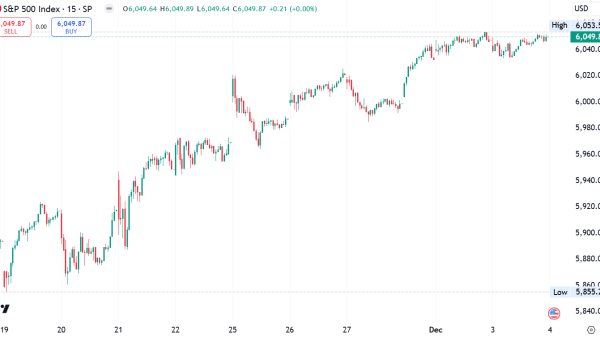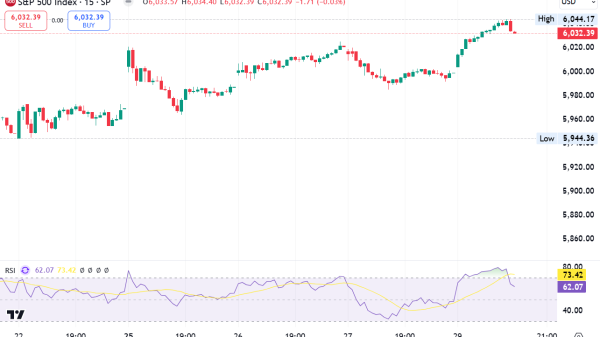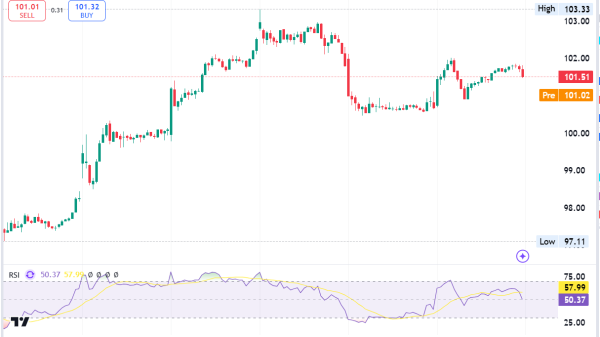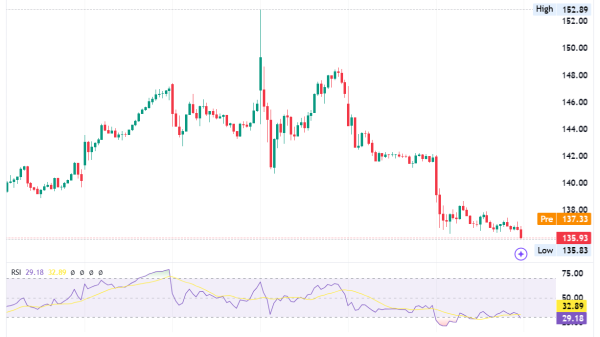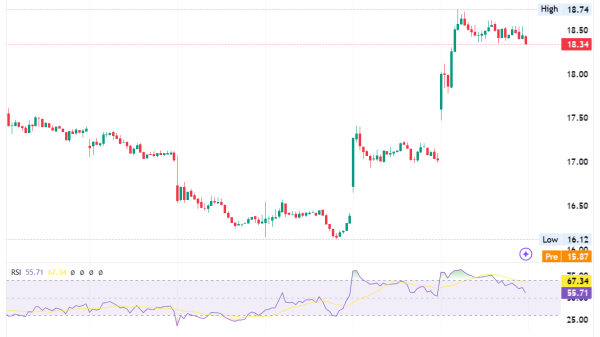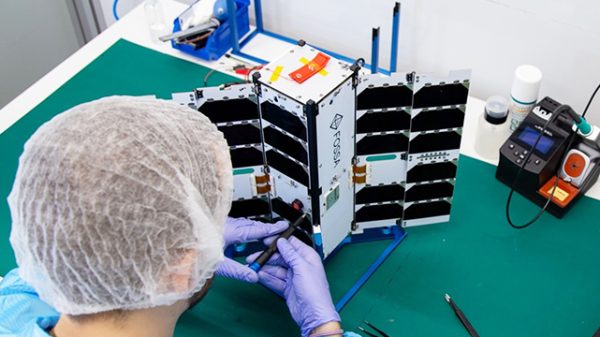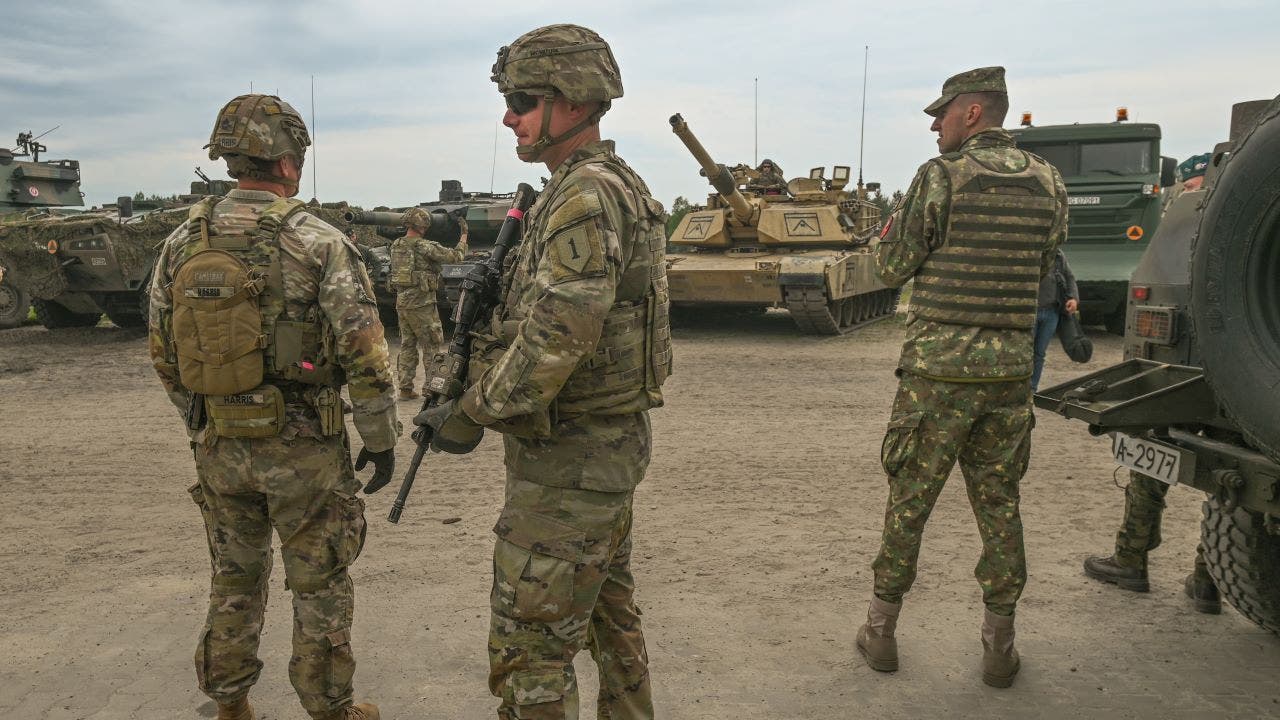The Senate is encouraging the Pentagon to quickly develop artificial intelligence-driven ‘wearable’ neural sensors that would be used to transmit data to commanders about the physical and mental status of soldiers in the field.
The Senate Armed Services Committee released its annual defense policy bill this month, which was accompanied by a report that said senators in both parties want the Pentagon to move faster to deliver this piece of AI technology to potentially hundreds of thousands of U.S. warfighters.
‘The committee encourages the Under Secretary of Defense for Research and Engineering to accelerate funding for the development of dual-purpose wearable neural biosensor technologies via the National Network for Microelectronics Research and Development to support broader transition to the services,’ the committee said in its report on the National Defense Authorization Act (NDAA).
The report said an Army office that develops standards for soldiers in the field and a joint office that deals with a range of defense equipment are developing the sorts of biometric data that they want these sensors to report. The Pentagon declined to give Fox News Digital an estimate of when that work might be completed but did outline how an AI assessment of data collected by these sensors might help commanders make military decisions.
‘Wearable systems gather real-time data from warfighters that can give them and their commanders information on important predictors of performance such as fatigue, dehydration, nutritional status, heat stress, illness, or possible exposure to harmful chemicals or biological organisms,’ a Defense Department spokesperson told Fox News Digital in a statement.
The Senate report said AI-driven sensors could be used to track those sorts of data among several defense groups, including security forces, aviators and unmanned system pilots. Senators estimated they might eventually be used to track and assess data on ‘500,000 warfighters.’
The Senate push to use this AI technology comes even as some in Congress continue to look for ways to ensure these systems are safe and effective. Senate Majority Leader Chuck Schumer, D-N.Y., continues to talk about an AI bill but has said he wants senators to meet with more experts first in the fall before putting out a bill.
Just last week, President Biden announced that seven AI developers agreed to guidelines aimed at creating AI systems that are safe, secure and trustworthy.
But there is just as much pressure on lawmakers to ensure the U.S. starts using these AI systems to stay ahead of China and other adversaries. The House-passed NDAA, for example, encourages the Navy to incorporate AI into its logistics plan, pushes the Army to develop autonomous combat vehicles and asks the whole department to research how AI can be used to bolster U.S. national security.
The Pentagon has so far shown it won’t need much encouragement to adopt this new technology. The Army said in January that it recently announced a contract opportunity for a company to examine a range of automation tasks using AI and machine learning, plus another contract for companies developing wearable radiation sensors.
‘Trusted AI and autonomy technologies could help the Army streamline several tactical processes,’ said Dr. Matt Willis, director of Army prize competitions in the Office of the Assistant Secretary of the Army for Acquisition, Logistics, and Technology. ‘We need to make sure soldiers have the most advanced technological and strategic capabilities.’
Stephanie Brown, the enhanced soldier program manager for the Army, said in June that efforts are being made to collect and use a wide range of data about the battlefield and the soldiers themselves by using AI and machine learning.
‘The Army needs technology to sense everything about the battlefield, including the soldiers themselves, in real time,’ she told Fierce Electronics. ‘In parallel to sensing, we need to develop AI/ML algorithms to help understand the data being sensed.’
‘In general, this may allow us to reduce risk and injury to our soldiers and protect our people,’ Brown said. ‘For example, some of the wearable sensors could provide health monitoring and casualty care, to include triage information to assist medics with injury identification, classification and treatment.’
Pete Kasperowicz is a politics editor at Fox News Digital.











